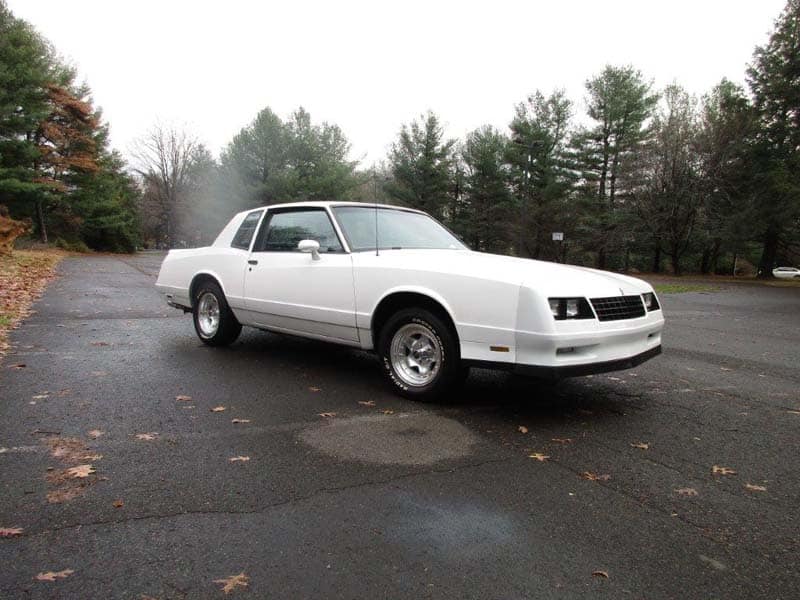New Cars vs. Old – The Ultimate Battle
If you ever tell people you’re into cars, the first question they probably fire back at you is “old or new?”, as if it’s impossible to like both! If you ask any gearhead in their senior years, they’re likely to give you a nostalgic tale of how they got their first Shelby Mustang or Buick GSX. What people often don’t realize is that when these classic muscle cars were in their heyday, they were cutting edge, brand new, and almost completely unknown which added to the excitement. This generation of car lovers benefits from decades of tweaking and mechanical research that has fine-tuned cars to be the most efficient they can be – but how do they match with their counterparts from the past?
Power
New models of muscle cars tend to have much more horsepower than their forefathers. If we take the Chevrolet Camaro as an example, the first generation 1968 Camaro RS 327 had a 325hp big-block engine, while its modern equivalent, the Camaro 1SS has a 6.2-liter LT1 V8 engine that kicks out a huge 455hp. The increased power of modern muscle cars is a trend we see across the board when we also compare old and new Ford Mustangs and Dodge Chargers – the other thriving survivors of the classic muscle car heyday.
Handling
Classic muscle cars tended to be stripped bare on the inside meaning their suspension was hard and their chassis so rigid that cornering was always a thrill. Current muscle cars, with all their modern computer systems, adapt to corners much more easily but this does reduce the risk factor that makes them such a thrill to drive. A classic example is the Ford Mustang – the classic 1967 model featured a welded-up platform-type chassis with typical Detroit independent suspension at the front and a beam axle located by semi-elliptical leaf springs at the rear. Overall, this gave it a typically wide berth in corners. Modern Mustangs use independent suspension for front and rear, and the computerized traction control ensures that the car sticks to the road as much as possible by distributing power to the wheels accordingly – a luxury not seen in the older models.
Style
While the aesthetics of classic muscle cars have always been popular, they’ve more recently seen a resurgence as a result of the popularity in retro design. This is epitomized by the design of the classic 1969 Dodge Charger with its wide front grille and sleek, low-set position. The modern Charger is, as modern cars go, very stylish. But some would argue that there’s little to set it out from other cars on the road. Like other modern muscle cars, it’s taller than the classic version due to the demands for comfort that have opened the market up to a wider audience – a trait that some muscle car purists might argue detracts from the true style of a muscle car.
In many ways, it’s pointless making this comparison as muscle cars have evolved so much since they were first brought to the market that their modern counterparts can now be seen as a totally different species! For those that want comfort when driving, to enjoy modern aesthetics, and want all the mod-cons that come with this design, a new muscle car may be the best option. Performance-wise, this is definitely the best bang for your buck. However, there’s something serene about the classic version of a muscle car that can’t help people being drawn to them. The growl of the original engine, the feeling that it needs to be “tamed” when taking hard corners, and the look and feel that it exhumes pure power attracts car lovers and wider audiences to their mystical appeal.

